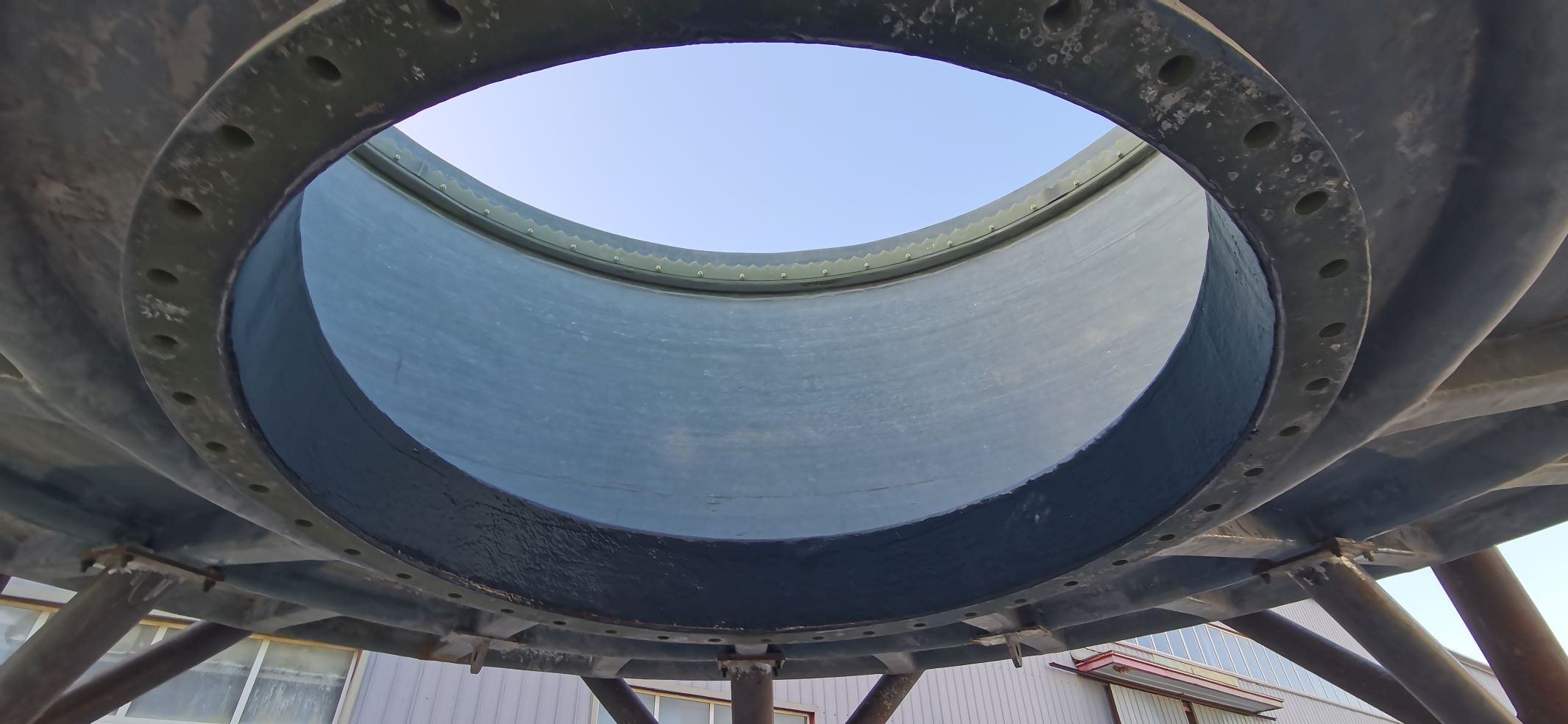
-
 Afrikaans
Afrikaans -
 Albanian
Albanian -
 Amharic
Amharic -
 Arabic
Arabic -
 Armenian
Armenian -
 Azerbaijani
Azerbaijani -
 Basque
Basque -
 Belarusian
Belarusian -
 Bengali
Bengali -
 Bosnian
Bosnian -
 Bulgarian
Bulgarian -
 Catalan
Catalan -
 Cebuano
Cebuano -
 China
China -
 China (Taiwan)
China (Taiwan) -
 Corsican
Corsican -
 Croatian
Croatian -
 Czech
Czech -
 Danish
Danish -
 Dutch
Dutch -
 English
English -
 Esperanto
Esperanto -
 Estonian
Estonian -
 Finnish
Finnish -
 French
French -
 Frisian
Frisian -
 Galician
Galician -
 Georgian
Georgian -
 German
German -
 Greek
Greek -
 Gujarati
Gujarati -
 Haitian Creole
Haitian Creole -
 hausa
hausa -
 hawaiian
hawaiian -
 Hebrew
Hebrew -
 Hindi
Hindi -
 Miao
Miao -
 Hungarian
Hungarian -
 Icelandic
Icelandic -
 igbo
igbo -
 Indonesian
Indonesian -
 irish
irish -
 Italian
Italian -
 Japanese
Japanese -
 Javanese
Javanese -
 Kannada
Kannada -
 kazakh
kazakh -
 Khmer
Khmer -
 Rwandese
Rwandese -
 Korean
Korean -
 Kurdish
Kurdish -
 Kyrgyz
Kyrgyz -
 Lao
Lao -
 Latin
Latin -
 Latvian
Latvian -
 Lithuanian
Lithuanian -
 Luxembourgish
Luxembourgish -
 Macedonian
Macedonian -
 Malgashi
Malgashi -
 Malay
Malay -
 Malayalam
Malayalam -
 Maltese
Maltese -
 Maori
Maori -
 Marathi
Marathi -
 Mongolian
Mongolian -
 Myanmar
Myanmar -
 Nepali
Nepali -
 Norwegian
Norwegian -
 Norwegian
Norwegian -
 Occitan
Occitan -
 Pashto
Pashto -
 Persian
Persian -
 Polish
Polish -
 Portuguese
Portuguese -
 Punjabi
Punjabi -
 Romanian
Romanian -
 Russian
Russian -
 Samoan
Samoan -
 Scottish Gaelic
Scottish Gaelic -
 Serbian
Serbian -
 Sesotho
Sesotho -
 Shona
Shona -
 Sindhi
Sindhi -
 Sinhala
Sinhala -
 Slovak
Slovak -
 Slovenian
Slovenian -
 Somali
Somali -
 Spanish
Spanish -
 Sundanese
Sundanese -
 Swahili
Swahili -
 Swedish
Swedish -
 Tagalog
Tagalog -
 Tajik
Tajik -
 Tamil
Tamil -
 Tatar
Tatar -
 Telugu
Telugu -
 Thai
Thai -
 Turkish
Turkish -
 Turkmen
Turkmen -
 Ukrainian
Ukrainian -
 Urdu
Urdu -
 Uighur
Uighur -
 Uzbek
Uzbek -
 Vietnamese
Vietnamese -
 Welsh
Welsh -
 Bantu
Bantu -
 Yiddish
Yiddish -
 Yoruba
Yoruba -
 Zulu
Zulu
Advanced FRP Dual Layer Composite Material Innovations and Applications
Exploring FRP Dual Layer Composite Products An Innovation in Material Engineering
In the rapidly evolving field of materials science, Fiber Reinforced Polymer (FRP) composites have gained significant attention due to their exceptional mechanical properties, lightweight nature, and versatility. Among the innovative advancements in this domain is the development of FRP dual layer composite products, which combine multiple layers of materials to enhance performance and broaden application potential.
Understanding FRP Composites
FRP composites are materials made from a polymer matrix reinforced with fibers, typically glass, carbon, or aramid. The primary advantages of FRP include high strength-to-weight ratios, corrosion resistance, and the ability to mold into complex shapes. These characteristics make FRP composites ideal for various applications, including automotive, aerospace, construction, and marine industries.
The Innovation of Dual Layer Technology
The concept of dual-layer composites involves the strategic layering of different materials to optimize mechanical and physical properties. In these structures, one layer is often designed to provide structural strength, while the other layer may be tailored for specific functionalities such as thermal resistance, electrical conductivity, or enhanced aesthetic attributes.
One prevalent configuration of dual-layer FRP composite products is the combination of a robust inner core, often reinforced with high modulus fibers, and a lightweight outer layer that can be tailored for environmental exposure. This configuration not only enhances the overall durability of the product but also allows for significant weight savings without compromising performance.
Advantages of FRP Dual Layer Composites
The dual layer technology in FRP composites brings several advantages
1. Enhanced Performance The combination of different materials results in superior mechanical properties, including increased tensile strength, impact resistance, and fatigue strength. This makes dual-layer composites suitable for high-stress applications.
frp dual layer composite product

2. Versatility By adjusting the composition of each layer, manufacturers can create composite materials tailored to specific applications. For instance, a dual-layer FRP could be developed for use in harsh chemical environments by selecting appropriate resin systems and fiber reinforcements.
3. Improved Aesthetics The outer layer of dual-layer composites can be engineered to have different finishes and colors, providing not only functional advantages but also appealing appearances. This is particularly beneficial in consumer products where aesthetics matter.
4. Weight Efficiency One of the most compelling benefits of FRP composites is their lightweight nature. As industries move towards more fuel-efficient solutions, reducing the weight of components without sacrificing strength becomes critical. Dual-layer composites allow for such optimization.
Applications in Various Industries
The unique properties of FRP dual layer composites open doors to diverse applications across many industries. In the automotive sector, these composites are used to create lightweight panels that improve fuel efficiency while maintaining structural integrity. Additionally, in the aerospace industry, dual-layer composites are employed in aircraft structures where weight savings directly correlate with performance and operational costs.
In construction, dual-layer FRP composites are utilized in the reinforcement of existing structures and the construction of façades, offering aesthetics and durability. Similarly, in the marine industry, these composites help build lightweight hulls that can withstand harsh environmental conditions.
Conclusion
FRP dual layer composite products represent a significant advancement in material engineering, combining the best features of different materials to deliver superior performance and versatility. Their ability to meet the demands of various industries while providing enhanced strength, reduced weight, and improved aesthetics makes them a preferred choice for engineers and designers alike.
As research and development in this field continue to grow, the future of FRP dual layer composites looks promising, paving the way for innovative solutions and applications that were once deemed impossible. The journey towards more sustainable, efficient, and high-performing materials is undoubtedly enriched by the ongoing evolution of FRP technology.









